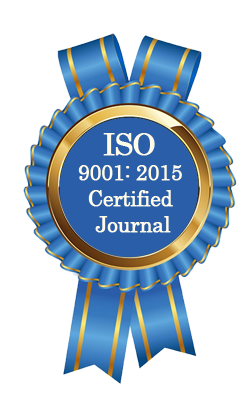| All | Since 2020 | |
| Citation | 105 | 60 |
| h-index | 4 | 4 |
| i10-index | 3 | 2 |
WJAHR Citation 
Login
News & Updation
Best Article Awards
World Journal of Advance Healthcare Research (WJAHR) is giving Best Article Award in every Issue for Best Article and Issue Certificate of Appreciation to the Authors to promote research activity of scholar.
Best Article of current issue
Download Article : Click here
Indexing
Abstract
RESULTS USE OF EXTRACORPOREAL SHOCK WAVE LITHOTRIPSY (ESWL) IN TREATMENT HIGHER URETERAL STONES
Dr. Usama Alanan*, Aiman Harfoush and Abdulfattah Abbas
ABSTRACT
Background: The higher ureteral stones (HUS) are the stones formed in the kidney and migrated to the ureter. These stones cause severe pain and recurrent renal colic episodes, In addition to the occurrence of expansion and ascites in the renal pelvis. It is therefore necessary to find the best treatment methods to get rid of these stones quickly to avoid the occurrence of these complications. Extracorporeal shock wave lithotripsy (ESWL) is one of the most important methods of treatment. The aim of this study was to examine the effectiveness of the treatment of break-up of extracellular shock waves in patients with higher stones of ureteral. Methods and materials: The study included 420 patients with high ureter stones who visited Tishreen University Hospital in Lattakia, Syria, from 1/2/2016 to 28/2/2018. And who had a Shaded stones on the rays. Where ESWL were conducted for all patients (from 3 to 3 sessions maximum), the patients were given in each session of 3000-4000 shots and severely 4 joule. Patients were divided by diameter of the stones into two groups (less than 10 mm, greater than 10 mm). The pathological story, necessary laboratory analysis, imaging, echography of the urinary tract were recorded for all patients, and an intravenous pyelogram (IVP) was done if necessary. Results: The number of patients in the study was 420 patients (315 males and 105 females) and men to women 1/3. Age of Patients was between 19-78 years and their average age was 39.4 years. We found that the complete response to ESWL in the first session in patients with a diameter of pebble between 0.7-1 mm occurred in 146 patients (49.49%), While the incomplete response occurred in 101 patients (34.23%), and There was no response in 43 patients with 14.57%. Conclusion: The success rate of fragmentation after the first session in patients with pebble diameter up to 1 cm was 49.49%, and after three sessions it reached 89.83%. While the success rate of fragmentation after the first session in patients with pebble diameter of 1-1.5 cm was 20.8%, and after three sessions it reached 50.4%. We found that all patients with stones in the upper ureter, the stones was broken in 328 patients with a success rate of 78.09%. We can said that ESWL is a successful, effective and safe option to treat higher ureteral stones.
[Full Text Article] [Download Certificate]
